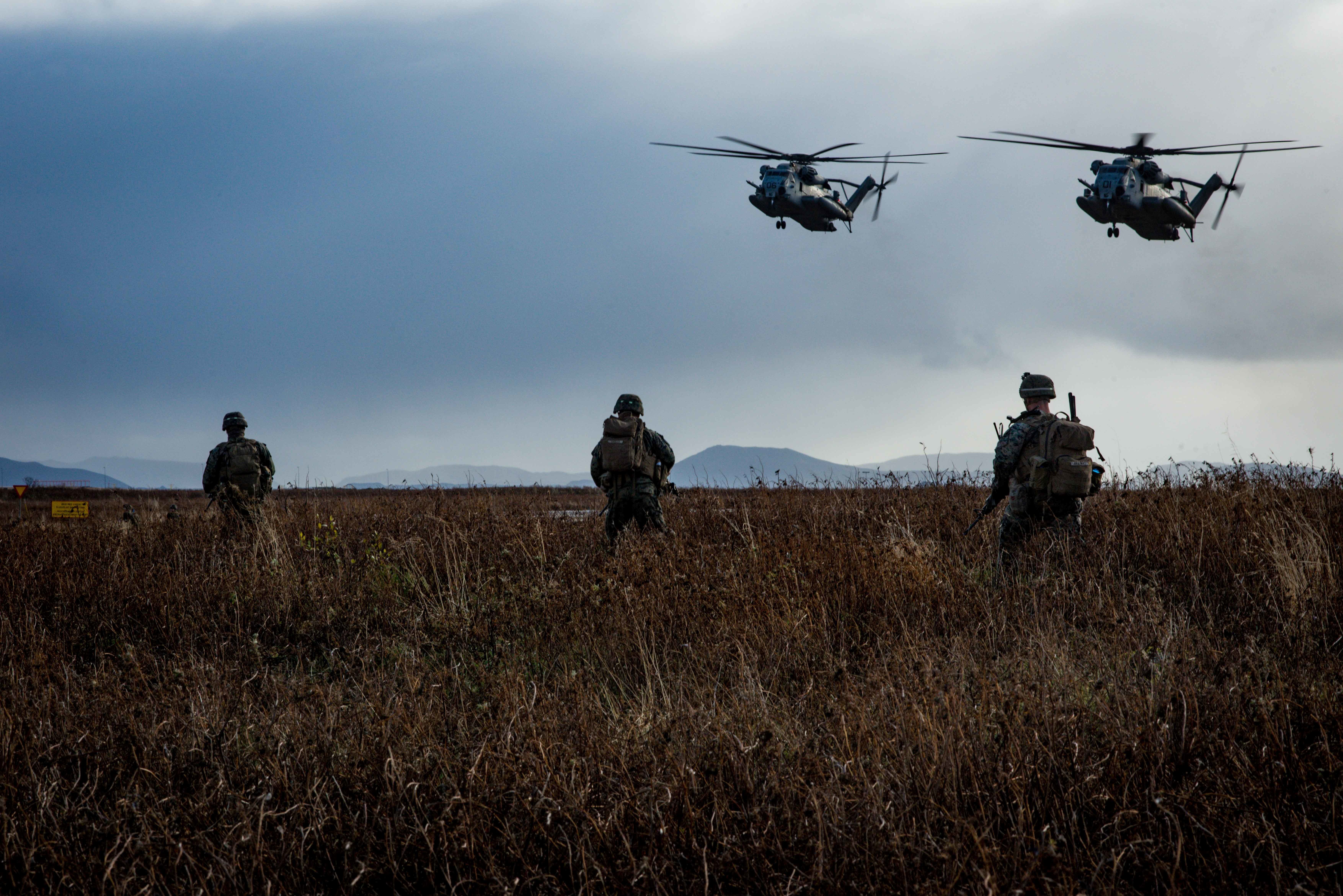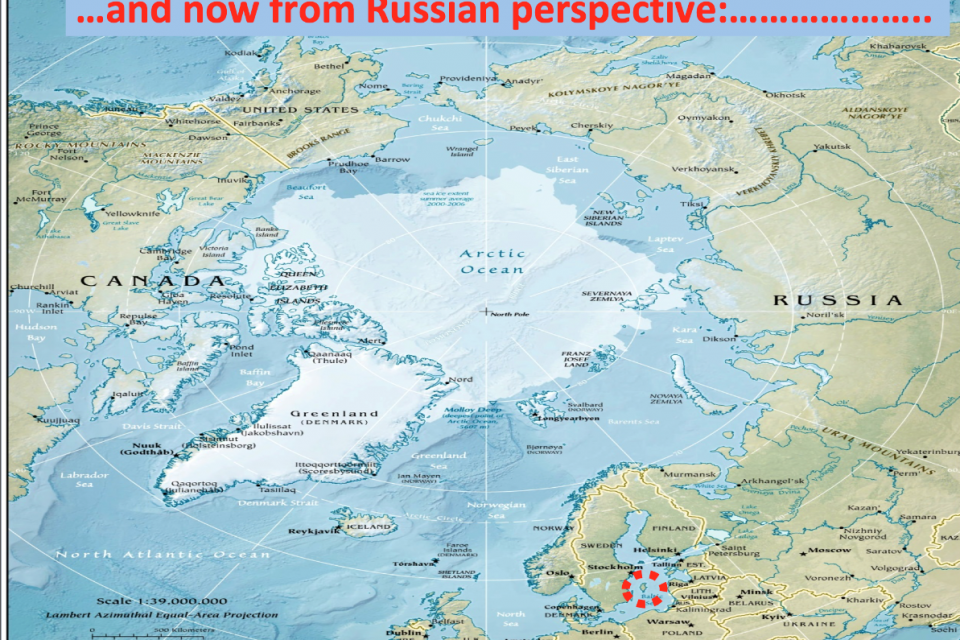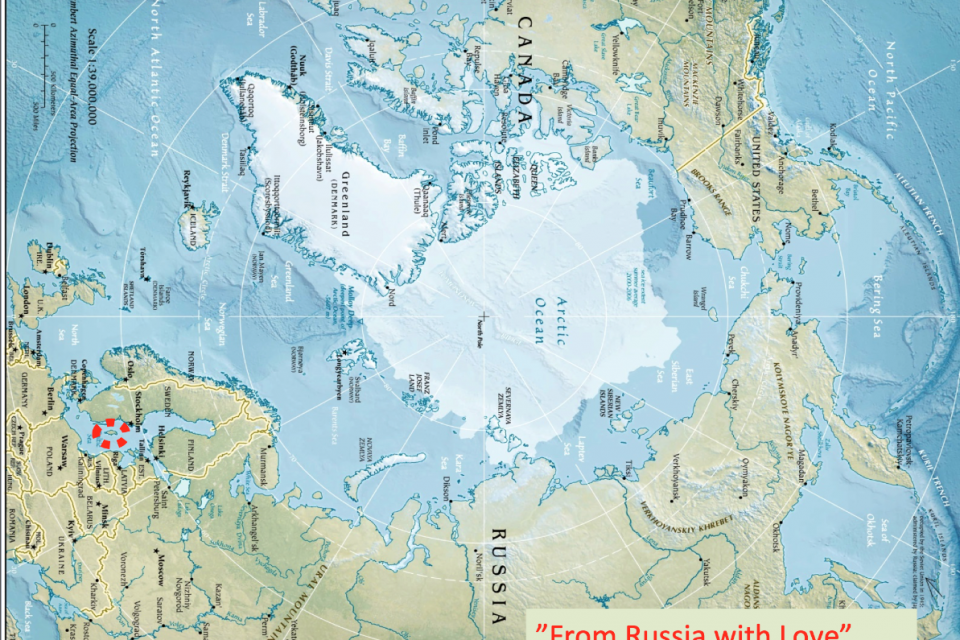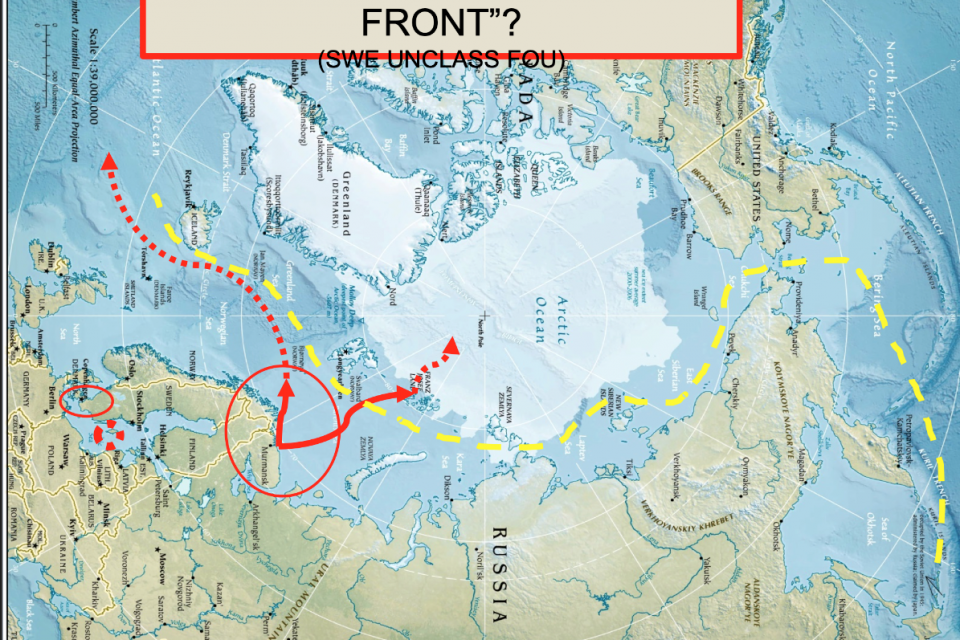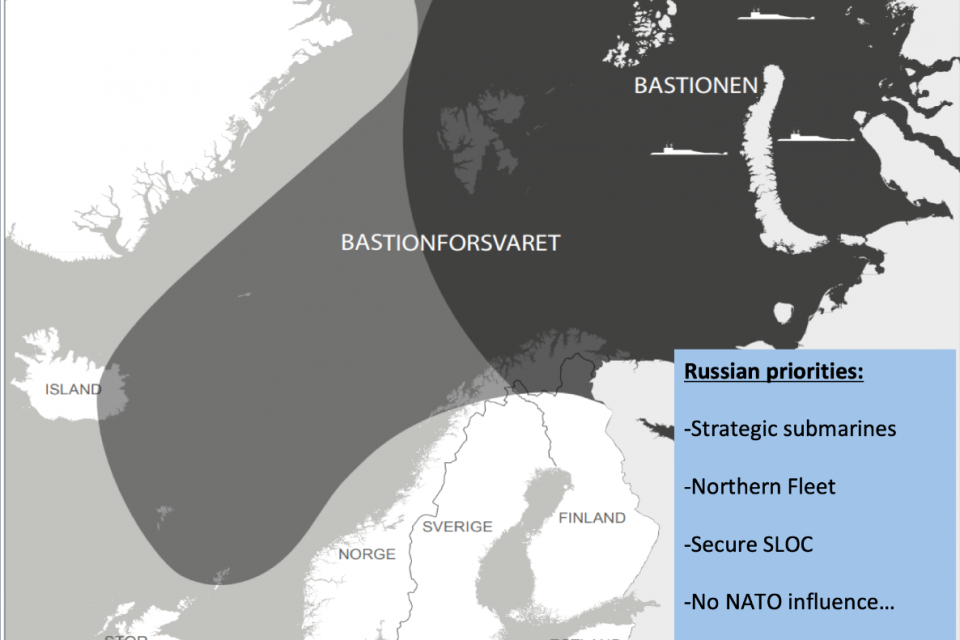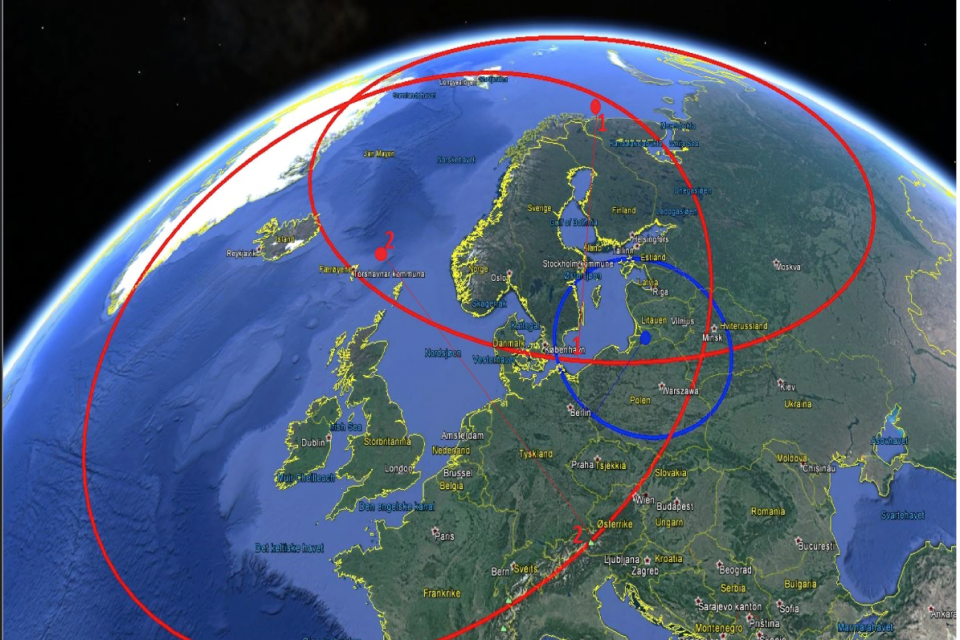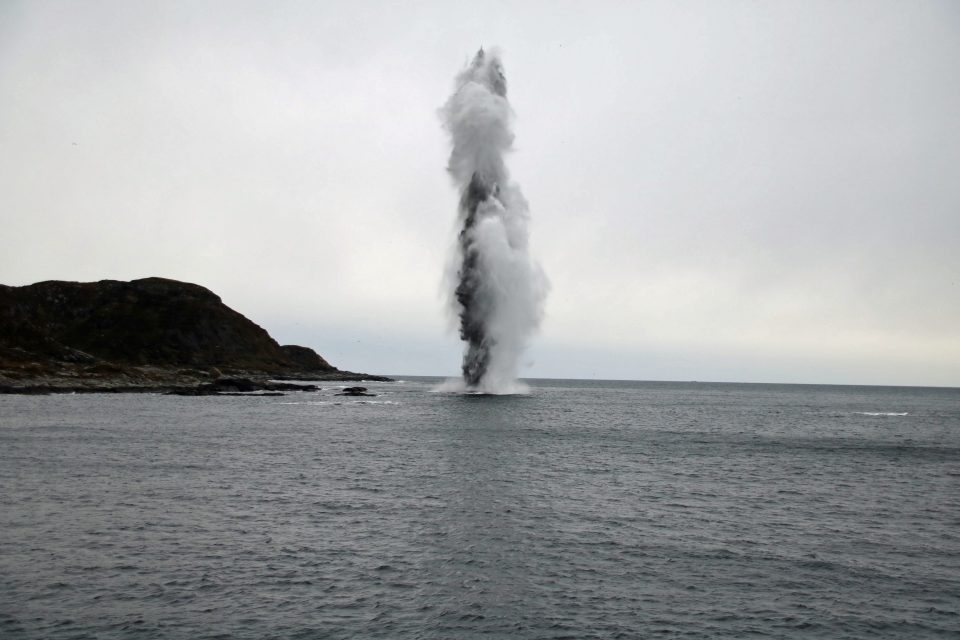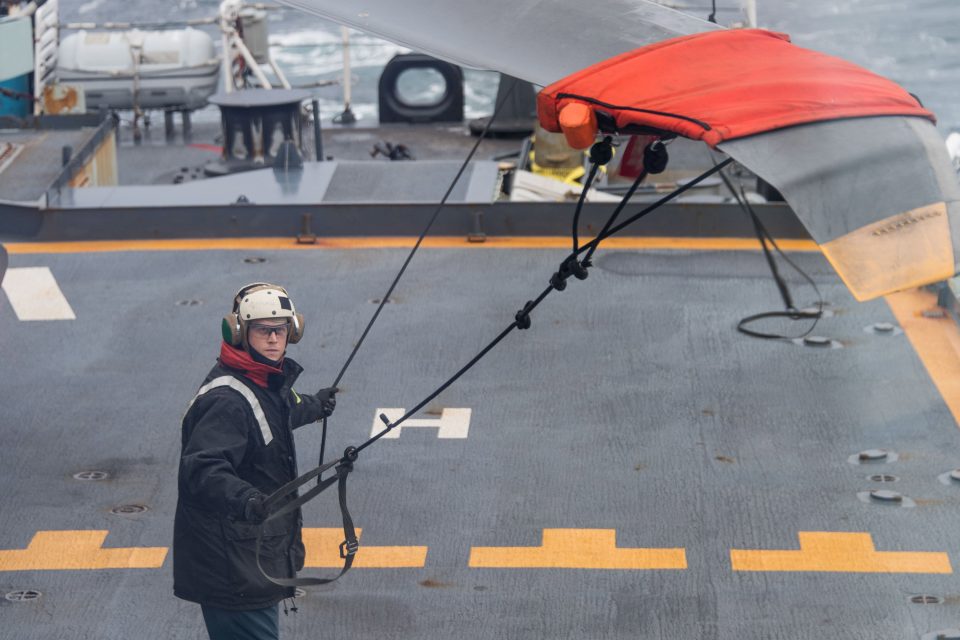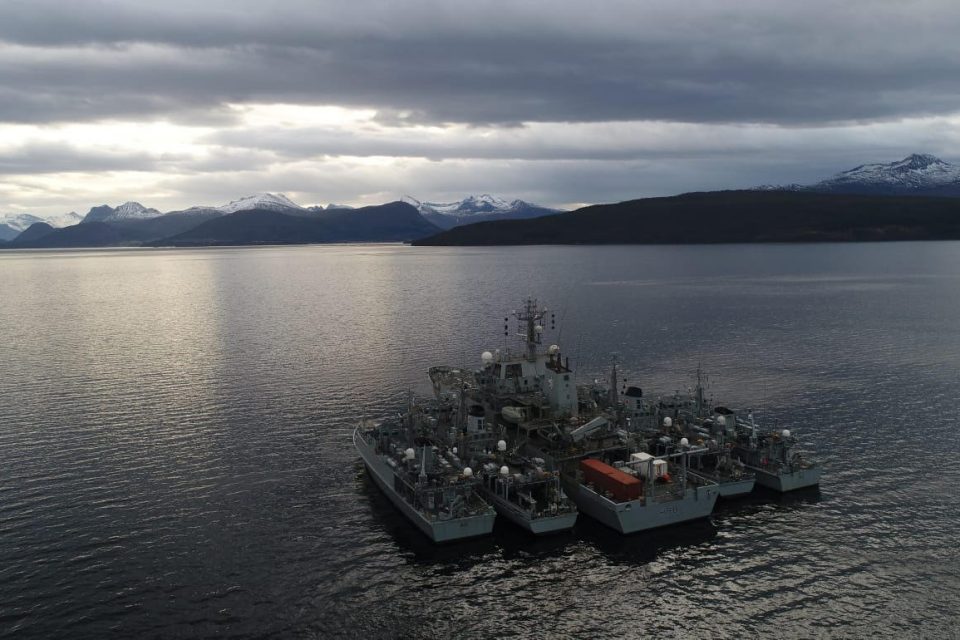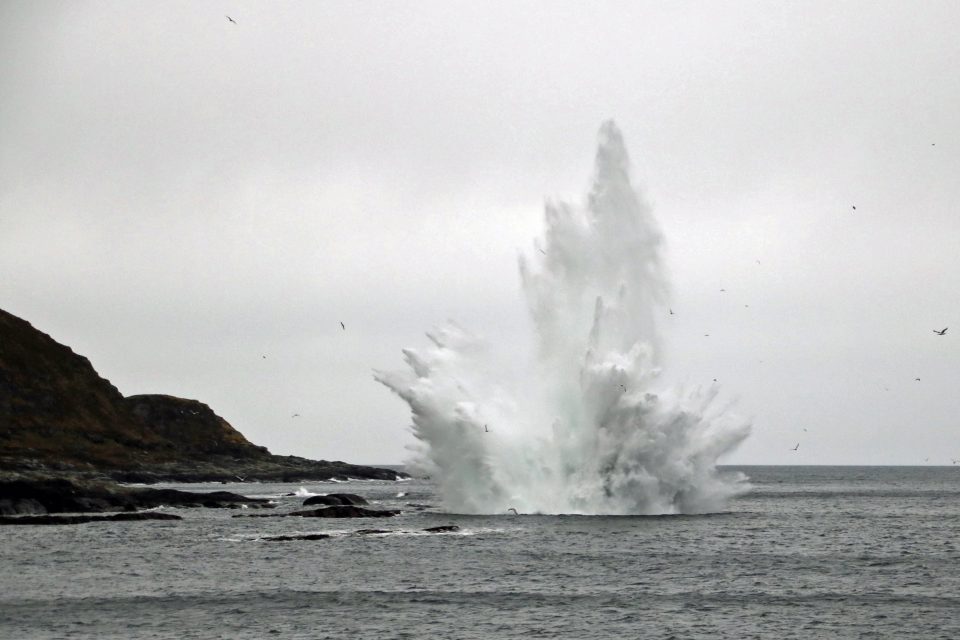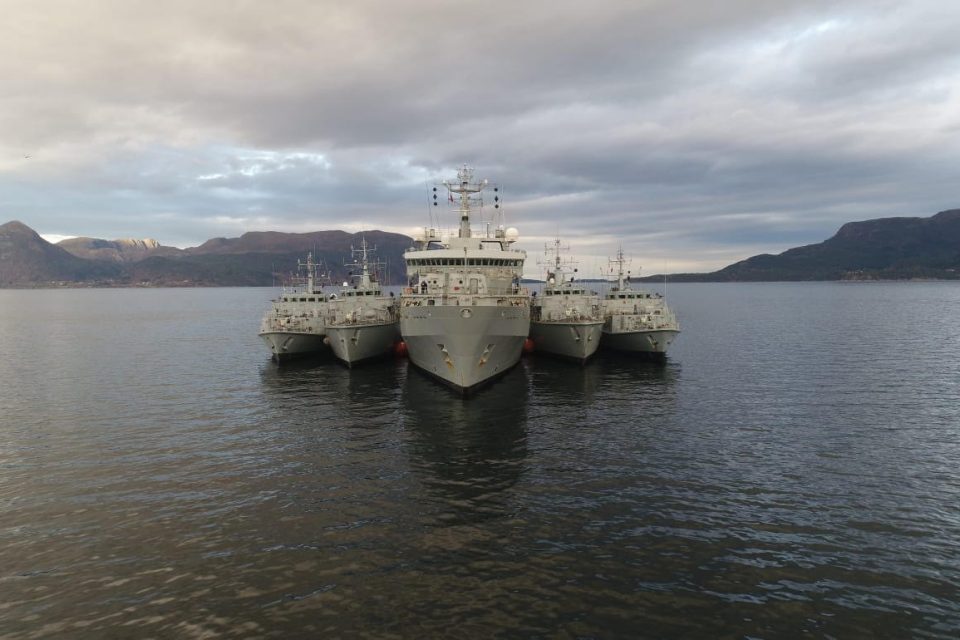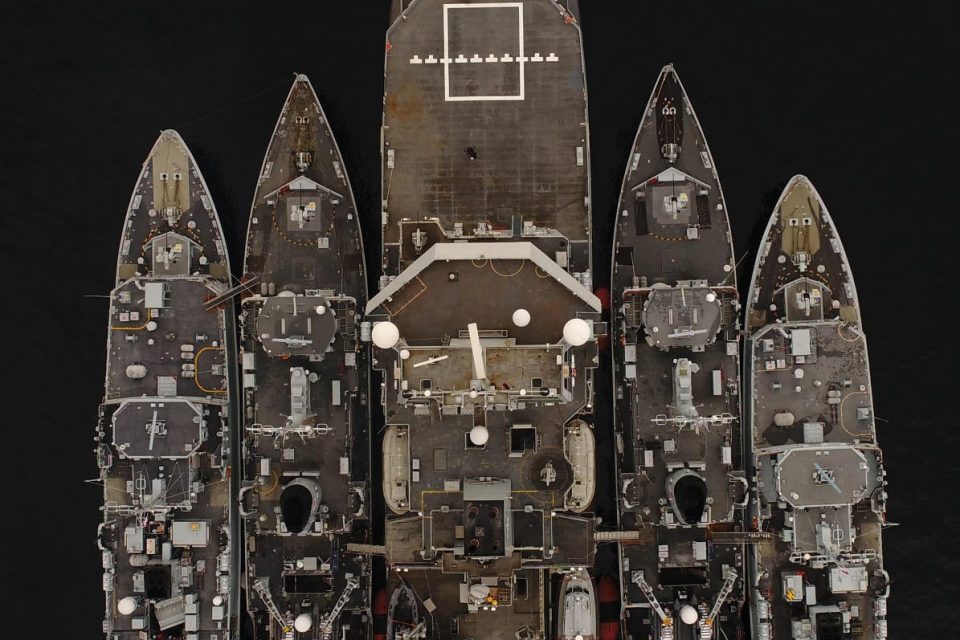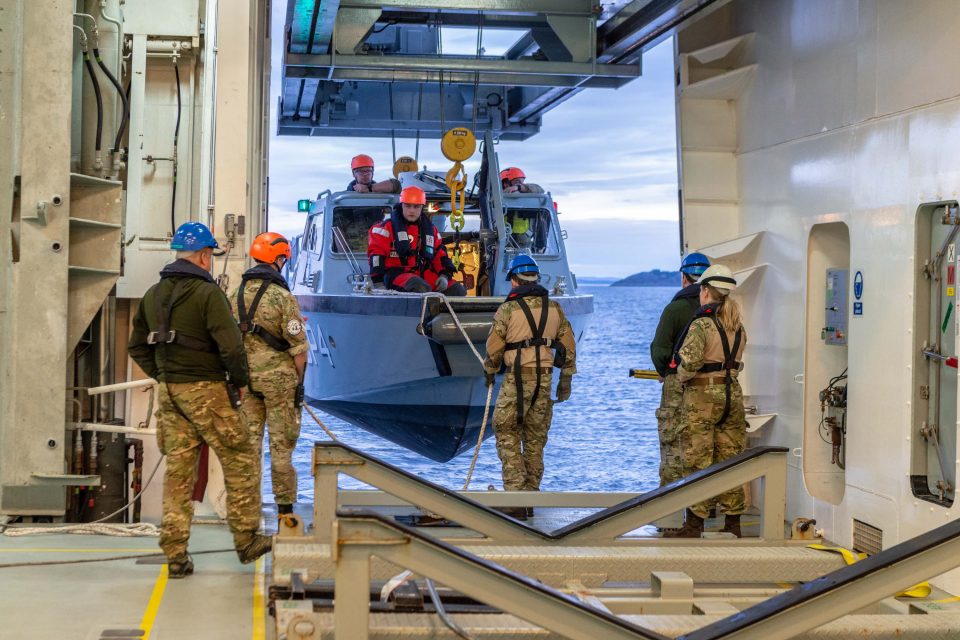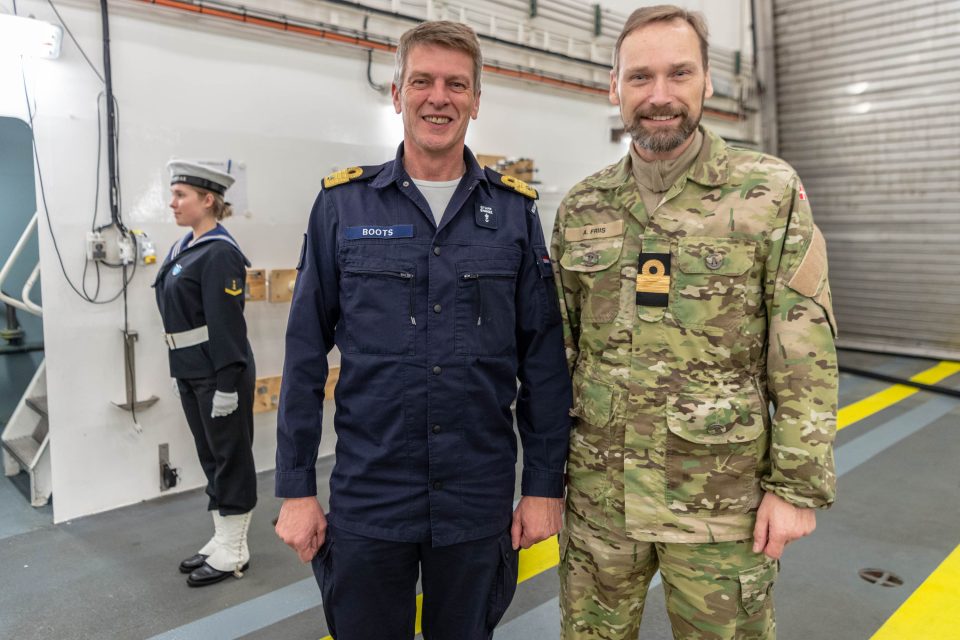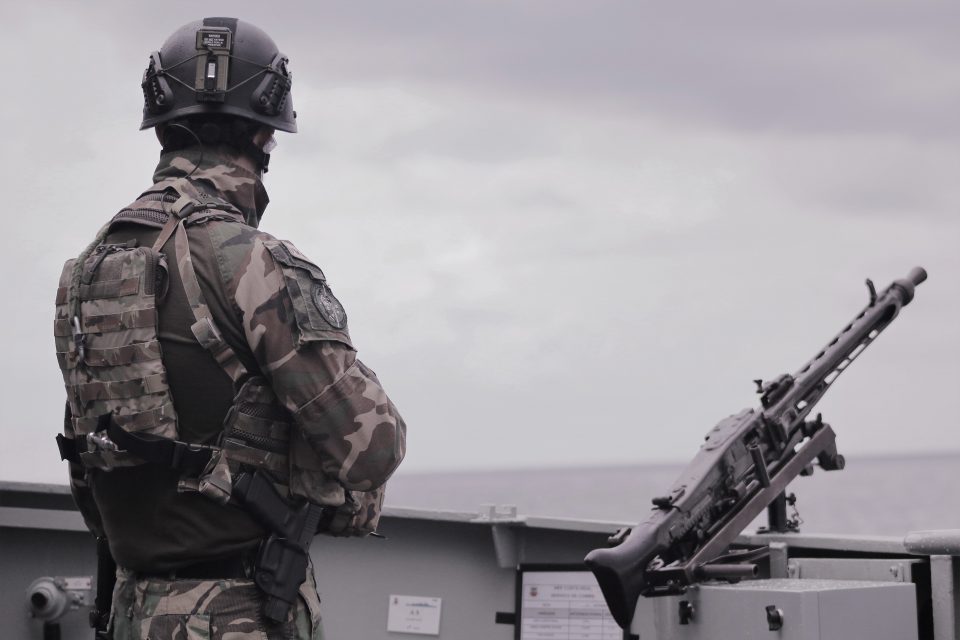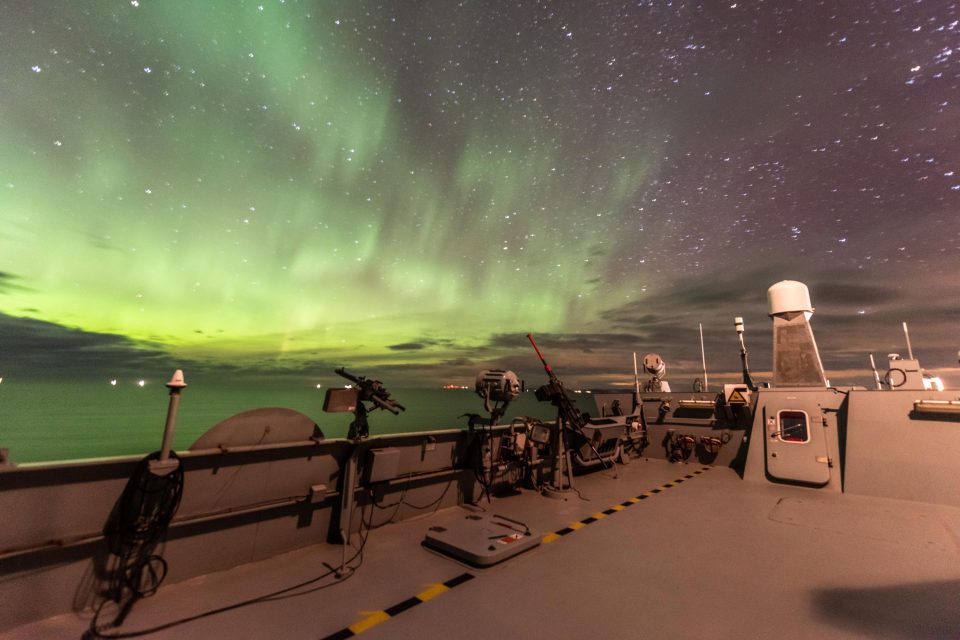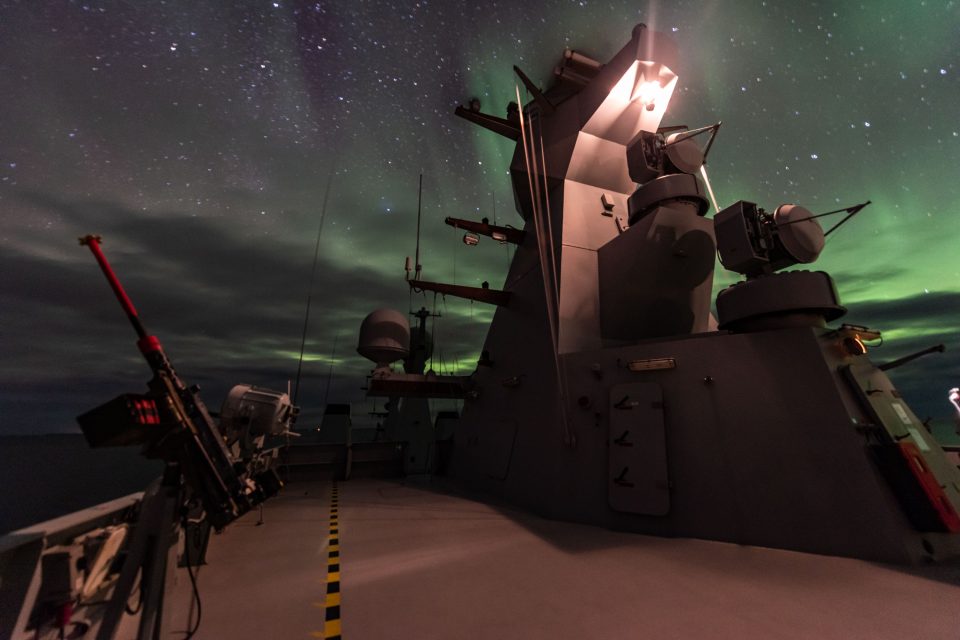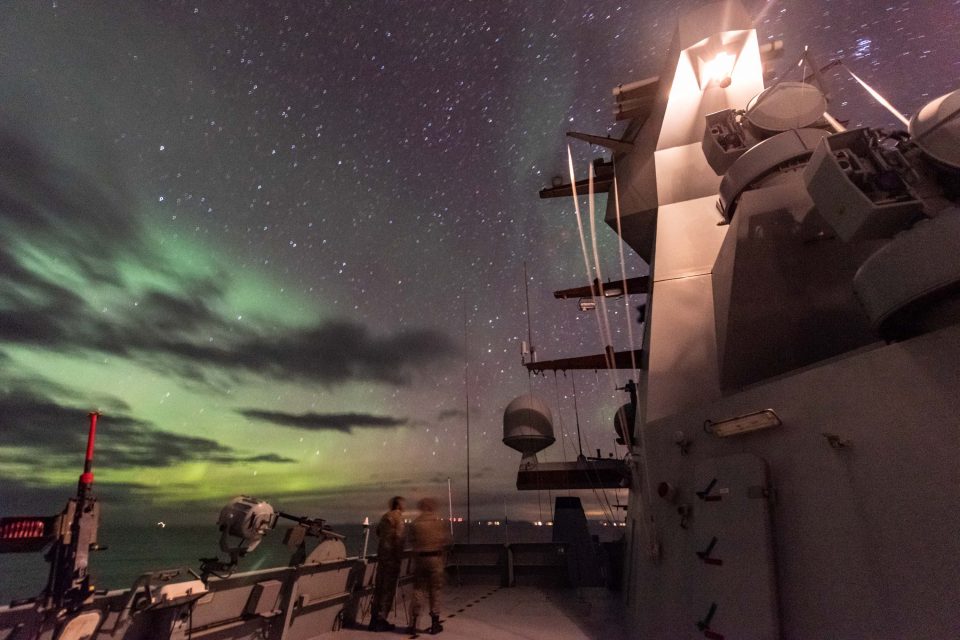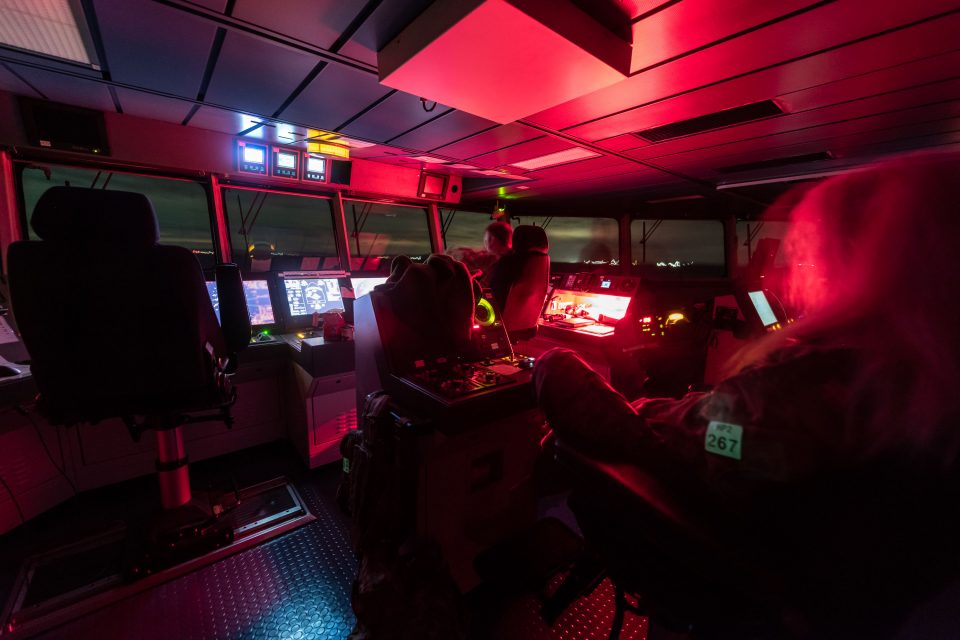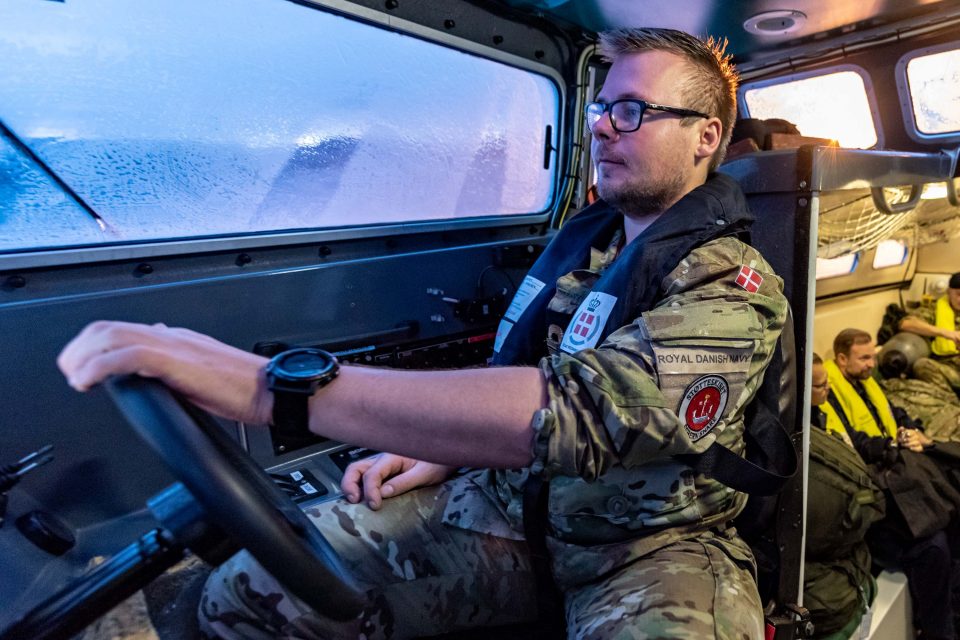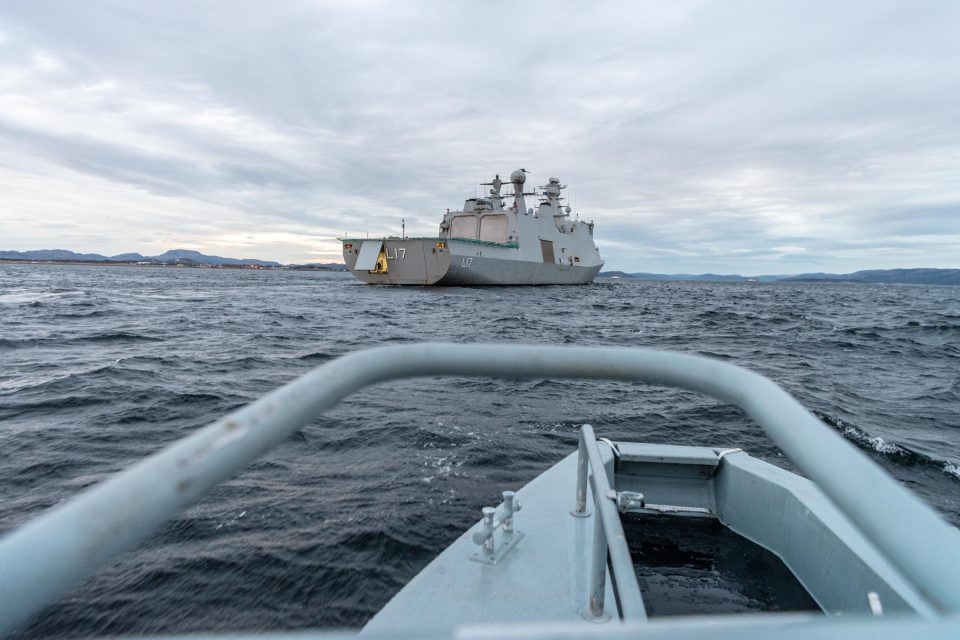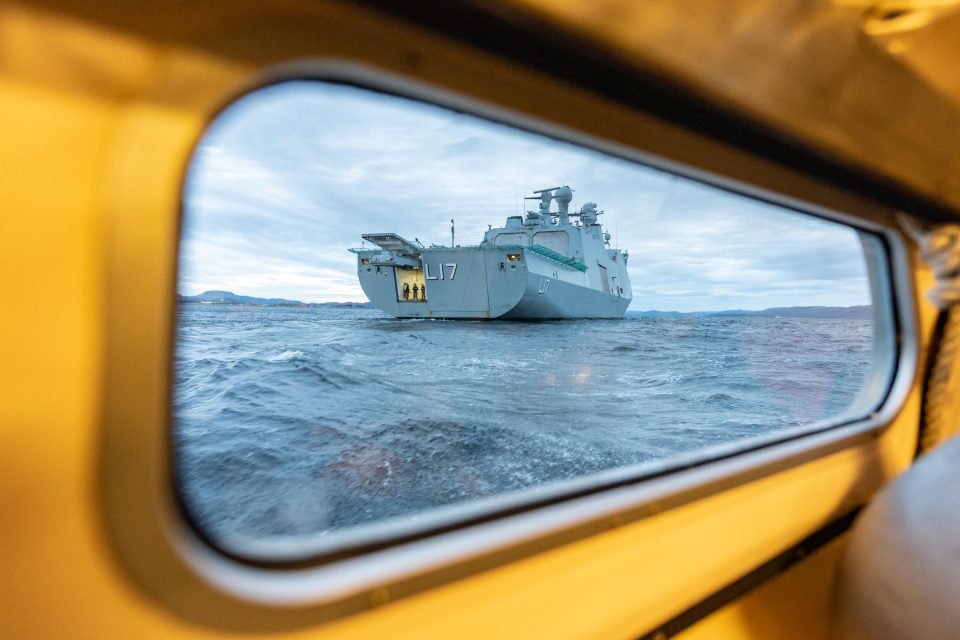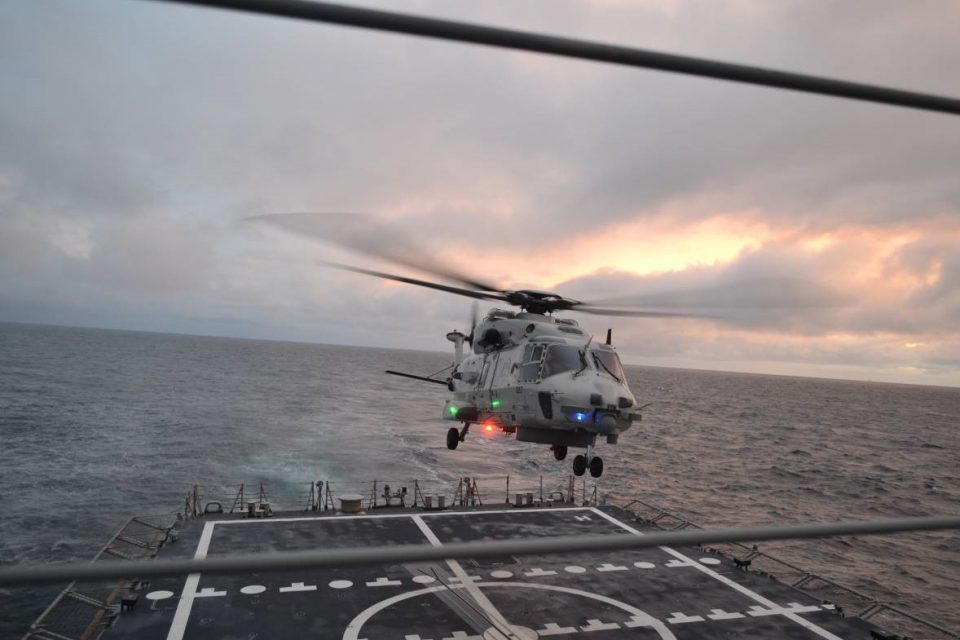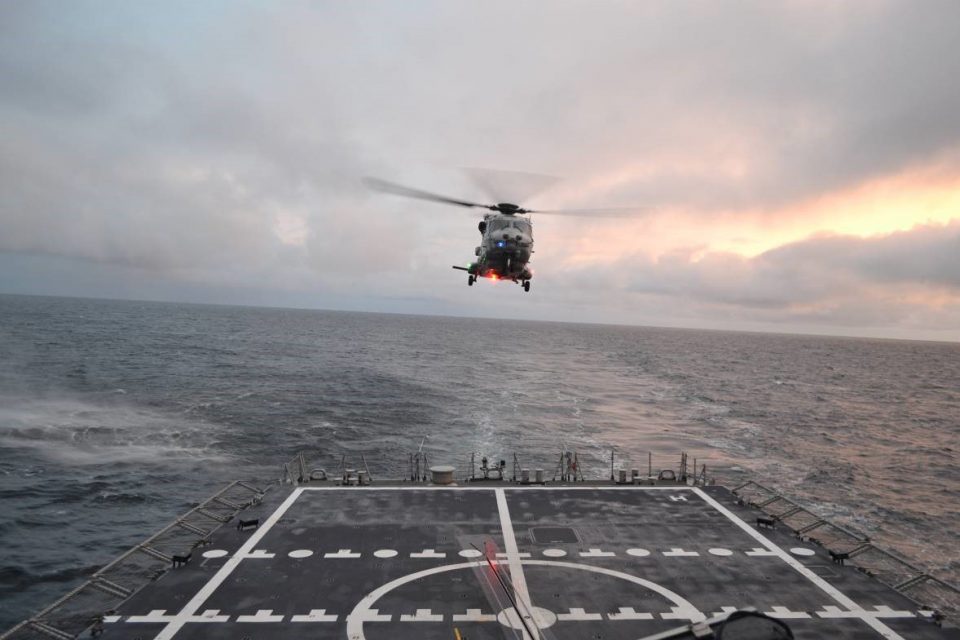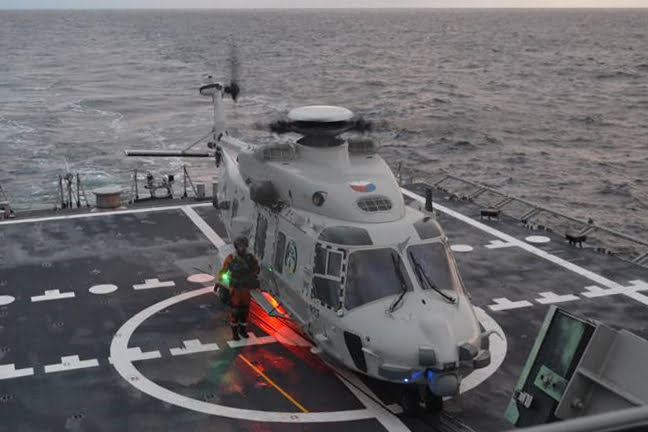Trident Juncture 2018 is a major NATO exercise which is focused on Northern Tier defense.
It also is an exercise for the Norwegians in mobilizing their society to deal with crises in the region in which NATO forces would be called upon to operate from Norwegian soil.
A key part of the strategic shift facing the Nordics is the shift from expeditionary out of area operations to direct defense.
As we noted earlier this year when we released our report on the Nordics and the strategic shift:
The Russian seizure of Crimea and other aspects of its global activism have had a significant effect on the Nordics.
The Nordics are working mores closely together to deal with the strategic shift. And they are adding new capabilities to shape a more effective approach to crisis management and deterrence in depth.
And the Norwegians, Swedes and Finns are clearly committed to a total defense concept whereby society is being mobilized to support defense in depth as well.
The direct defense focus is coming as well within the context of a significant shift within Europe itself with regard to the next phase of European development.
In an article entitled “The Coming of Hanseatic League 2.0,” Harald Malmgren highlighted this strategic political and economic shift as well:
German authorities are now beginning to address the possibility of a different European context in coming years, as the pressures within the EU and Eurozone build towards a potential breakup over mutual financial commitments.
Italy in particular is posing this financial issue as central to its demand for greater fiscal and banking autonomy.
Less noticed in press and media is a parallel process of thinking among other European national militaries. Among the militaries of the Nordic nations there has already developed a Northern Europe Defense Cooperation group, which involves closely integrated operations of the four Nordic nations’ militaries with the UK and the US. This group has been joined de facto militarily by the Netherlands and Belgium. Its area of direct concern includes the security of the Arctic and virtually all of the Baltic Sea region, including the Baltic States.
How divisions between military thinking (clear desire to be part of the Nordic club) and political thinking in Germany (where Macron and Merkel have tried to work a closely relationship) and other European nations evolves is uncertain.
Most likely there will be clashes among these disparate sources of power in Europe in the future,when economic and security challenges arise and require action.
Norway sits in a geography where the greatest concentration of military force rests, namely the Kola Peninsula.
In a recent presentation by the Swedish Military Attache to Oslo/Copenhagen/Reykjavik., the dynamics of change in the strategic geography was highlighted.
Essentially with the Russians building out bases throughout their part of the Northern region inclusive of the Arctic, they are distributing their access points to put pressure on the Nordics and NATO in a crisis.
The reworking of the geography is sometimes referred as the militarization of the Arctic.
But it is better understood as enhanced base distribution by the Russians to provide operational points from which force can be applied in a crisis or as part of the diplomatic side of deterrence strategy.
This reworking of geography provides a backdrop of the challenges facing NATO which Trident Juncture 2018 is trying to address.
As of November 7, 2018, the live exercise portion of Trident Juncture 2018 ended.As Megan Eckstein noted in an article published by USNI News on November 7, 2018:
The massive exercise – which grew to include more than 50,000 personnel, 65 ships and 250 aircraft, including 14,000 American troops, a carrier strike group (CSG) and an amphibious ready group (ARG) – centered around a scenario of protecting Norway from an invasion at its borders by inserting reinforcements by air and by amphibious landing.
A key piece of the amphibious landing was the Iwo Jima ARG and embarked 24th Marine Expeditionary Unit. The ARG/MEU stopped in Iceland for training on the way to Norway, but the two smaller ships, dock landing ship USS Gunston Hall (LSD-44) and amphibious transport dock USS New York (LPD-21), had to return to Iceland when heavy seas hampered their voyage to Norway.
Personnel on the LSD suffered minor injuries, and the well deck of the ship and an unsecured landing craft utility (LCU) were damaged in the heavy seas. The LPD returned to Iceland with the LSD as a precautionary measure. New York made it to Norway for the start of the exercise, but Gunston Hall did not.
According to a 24th MEU news release, the Marines successfully landed ashore at Alvund, Norway, on Oct. 29.
The landing force included Marines from Battalion Landing Team 2nd Battalion, 2nd Marine Division, and 700 Marines pushed ashore with 12 amphibious assault vehicles, six light armored vehicles and 21 humvees.
“We came to the North Atlantic looking for a challenge and Trident Juncture delivered; throughout the exercise the environment forced us to be flexible and adaptive,” Maj. Anthony Bariletti, the 24th MEU operations officer, said in the news release.
“It is the adaptability that makes Marine Expeditionary Units such a lethal crisis response force. As Marines, we gain our lethality from the ability to operate as part of a naval integrated team. The ability to conduct amphibious operations in the premier core competency of our service and this exercise provided an outstanding opportunity for the 24th MEU to hone its skills and prepare for combat as a forward deployed, sea-based Marine Air-Ground Task Force.”
Additional amphibious landings took place in the exercise, including a French-led force that also included Dutch Marines and Finnish Coastal Jaegers as well as British soldiers with their Viking All Terrain Vehicles.
The featured photo shows U.S. Marine Corps CH-53 Super Stallion helicopters, assigned to the 24th Marine Expeditionary Unit, preparing to retrieve U.S. Marines during a simulated air assault as part of exercise Trident Juncture 2018 in Keflavik, Iceland, Oct. 17, 2018.
Trident Juncture, a NATO-led exercise, hosted by Norway, will include around 50,000 personnel from NATO countries, as well as Finland and Sweden, and will test NATO’s collective response to an armed attack against one ally, invoking Article 5 of the North Atlantic Treaty. (U.S. Navy photo by Mass Communication Specialist 2nd Class Jonathan Nelson)
The first slideshow highlights some of the slides from the presentation by Captain Mats Fogelamrk, Defence Attaché, Embassy of Sweden, Oslo/Copenhagen/Reykjavik.made on October 11, 2018 in Copenhagen at the conference held on Northern European security.
The second slideshow highlights counter mine activities conducted during Trident Juncture 2018 by NATO forces.
For a look back at the last Trident Juncture Exercise with a comparison to this one, see the following:
It should be noted that enhanced operational rhythm has consequences for the blue force as well. For example, the Royal Norwegian Navy frigate HNoMS Helge Ingstad (F313) collided with the Malta-flagged oil tanker Sola TS during the exercise with significant damage to the frigate.
Without placing blame in the Thursday collision, the increased operational tempo of warships in general are pushing navies around the world harder and adding stress to operations, Eric Wertheim, author of U.S. Naval Institute’s Combat Fleets, told USNI News on Thursday.
“As you get ops tempo increasing, navies are going to be stressed. It’s not just the U.S.,” Werthheim said.
“The more you drive your ships, the more you’re going to have accidents.”
Editor’s Note: This recent piece published by NATO highlights the key aspect of how the Norwegians addressed their role in the exercise.
Although the article highlights that national resilience is a NATO wide trend, this clearly is not so.
But it is also clear that the Nordics are focused specifically on enhancing their national resilience for sure.
Norway uses Exercise Trident Juncture to strengthen its national resilience
Trident Juncture 18, NATO’s largest exercise in recent years, is also the Alliance’s first military exercise to include substantial civil preparedness elements and to practice cooperation between the military and the civilian authorities. Norway, which is hosting the exercise, is using the collective defence scenario not only to train its armed forces, but also to build up its ability to respond to a crisis of any kind.
This is fully in line with the commitment that all NATO Allies have undertaken to increase national resilience, which is a key element of NATO’s collective defence. Resilience is rooted in the Washington Treaty. At the Warsaw Summit in 2016, NATO leaders also pledged to enhance national resilience, including by improving civil preparedness.
To meet this pledge, Norway added an extra challenge to Trident Juncture 18, in the form of close interaction between the military participants and civilian crisis responders, such as the health service, the police, the fire department, and non-governmental organisations. Specific events have been integrated in the exercise programme, including simulated mass casualty incidents, evacuation drills, Chemical, Biological, Radiological and Nuclear (CBRN) emergencies, taking care of evacuated civilians, and crisis management.
In addition to contributing to Norway’s crisis management capacities, this also contributes to interoperability with other NATO Allies. Some of the forces participating in Trident Juncture have been involved in these events as well – for instance, Danish and French CBRN soldiers, part of NATO’s Spearhead Force (the Very High Readiness Joint Task Force) in 2019, have been part of a simulation where they had to give first aid to victims of a chemical attack, and decontaminate the area.
We recently focused on how the Norwegian government presented Trident Juncture 2018 to its own public.
Direct Defense of Norway and the Role of NATO: The Norwegian MoD Explains to the Norwegian People


